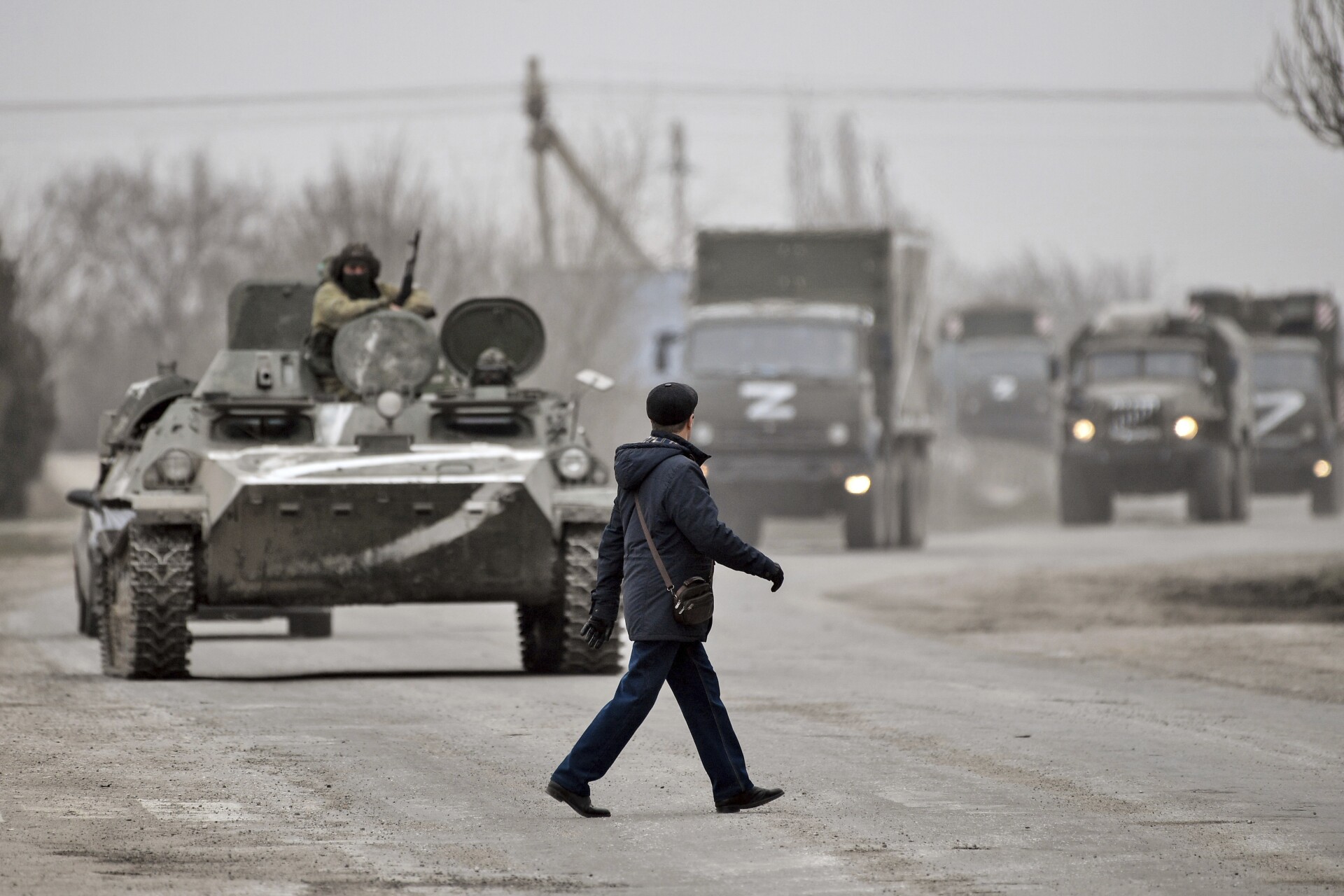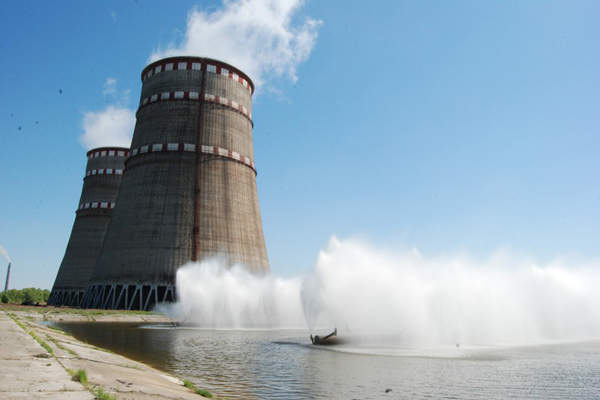Russian armed forces have gained possession of the area around Ukraine’s Zaporizhzhia Nuclear Power Plant, which houses six of the country’s 15 nuclear reactors, raising concerns about the plant’s and its workers’ safety.
“The situation in Ukraine is unprecedented and I continue to be gravely concerned,” the director general of the International Atomic Energy Agency (IAEA), Rafael Mariano Grossi, told the organization in an emergency meeting on Wednesday.

“It is the first time a military conflict is happening amidst the facilities of a large, established nuclear power program.”
“The safety and security of nuclear facilities, and nuclear and other radioactive material, in Ukraine must under no circumstances be endangered,” Grossi told the organization’s board of governors.
“I have called for restraint from all measures or actions that could jeopardize the security of nuclear and other radioactive material, and the safe operation of any nuclear facilities in Ukraine.”
Grossi also reminded the IAEA member states, including Russia and Ukraine, that they unanimously agreed in 2009 that “any armed attack on or threat against nuclear facilities devoted to peaceful purposes constitutes a violation of the principles of the United Nations Charter, international law, and the Agency’s Statute.”

In a letter dated March 1, Russia notified the IAEA that it was in charge of the area surrounding the Zaporizhzhia Nuclear Power Plant. On the same day, Ukraine’s State Nuclear Regulatory Inspectorate (SNRIU) requested help from the IAEA in ensuring the safety and security of the Chernobyl accident site, which was occupied by Russian forces last week, as well as other nuclear sites. As of Tuesday, the SNRIU reported that all nuclear power plants were operational.
Grossi highlighted that Russia controls the territory around the Zaporizhzhia Nuclear Power Facility and its local surroundings but not the plant itself.
“They have physical control of the perimeter, including the village where the majority of the employees live,” he explained.

According to Edwin Lyman, a specialist on nuclear proliferation and nuclear terrorism, nuclear power facilities were not meant to withstand the type of devastation that warfare can wreak on people and infrastructure.
“The most severe threats in peacetime,” Lyman explained, “are severe weather.”
The most serious concern is that weapons damage could impede the plant from keeping the extremely radioactive fuel in the core or the spent fuel cold. This might also occur if the plant loses grid access and its backup generators fail, or if the facility is otherwise unable to continue supplying electricity to the cooling system.
“That’s the situation they faced at Fukushima, in Japan, in 2011, where the plant lost both off-site and on-site power,” Lyman said.
“In that case, there were very few means the operators had to try to keep the fuel from melting down, and the result was three core meltdowns. So it is critical that you keep cooling, however you can.”
According to Lyman, each nuclear reactor at Zaporizhzhia has three backup generators and seven days’ worth of diesel fuel to keep it operating. Following the Fukushima tragedy, numerous nuclear power plant facilities across the world, including those in Ukraine, installed safeguards to prevent future disasters like Fukushima.
Human error is another worry at Ukraine’s nuclear plants, whether they are functioning or not. Employees in charge of guaranteeing the safety and security of the facilities work long hours under challenging and unsafe situations. On March 2, Valentin Geiko, the Chernobyl shift manager, turned 60 after working nonstop for six days to keep the Russian-controlled reactor operational.
Since these facilities were developed by the Soviet Union, Russia could definitely send in its own staff to manage them, but that merely adds another issue, according to Lyman.
Grossi has stated that nothing should be done to impede nuclear facility staff from performing their duties.

“In this context, it is also imperative to ensure that the brave people who operate, regulate, inspect and assess the nuclear facilities in Ukraine can continue to do their indispensable jobs safely, unimpeded and without undue pressure,” he told his IAEA colleagues Wednesday.
“I want to emphasize there is nothing normal about the circumstances under which the professionals at Ukraine’s four nuclear power plants are managing to keep the reactors that produce half of Ukraine’s electricity working.”


